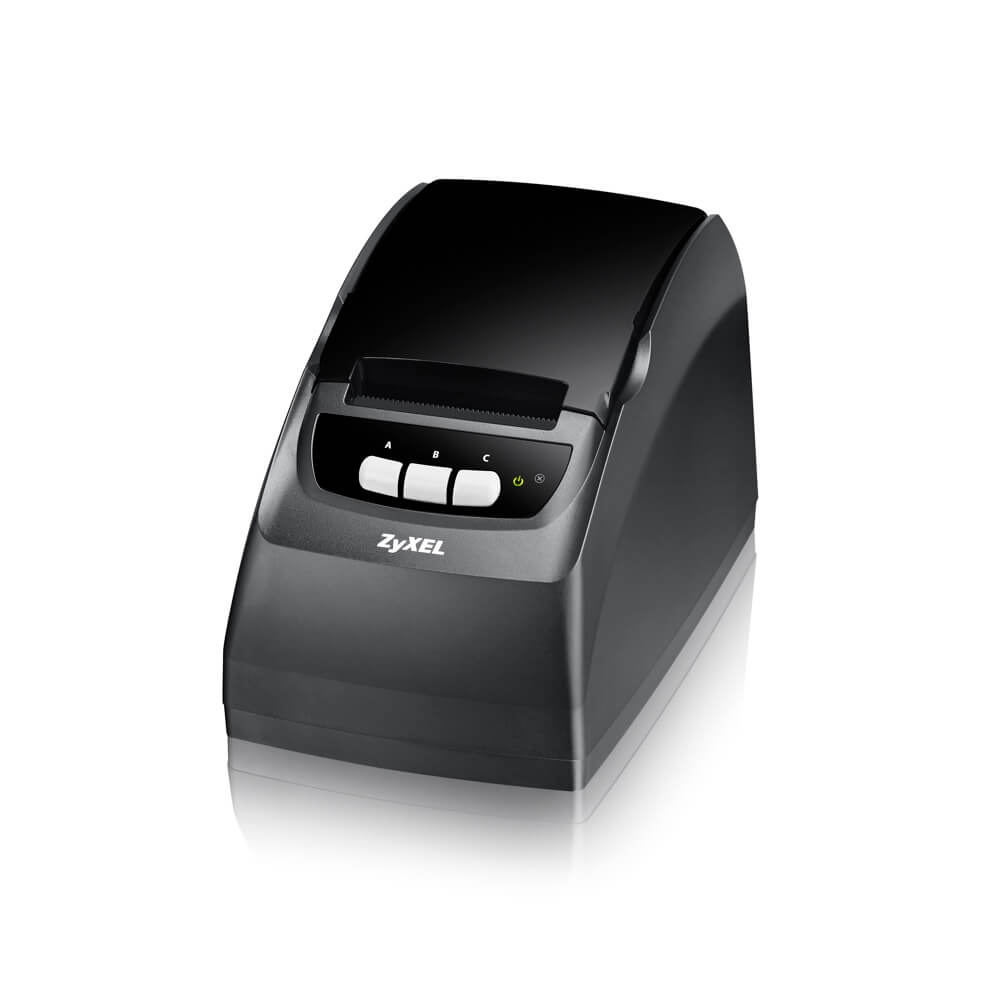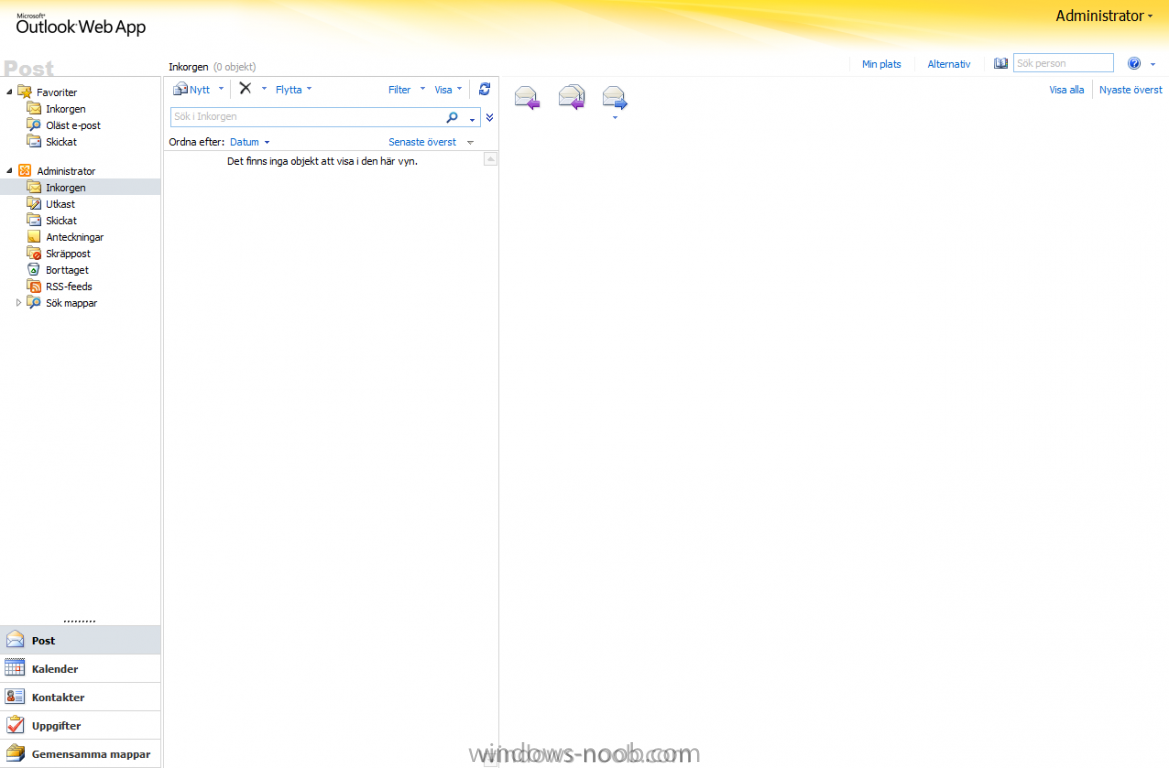

UAG can sometimes have an issue setting the correct IP address so confirm the IP on the HTTP trunk matches that on the HTTPS trunk. We should now see a new trunk under the ‘HTTP Connections’ tree for Exchange. Select the desired trunk and click ‘Next’ to continue.įinally we are given a summary page and at this point we click ‘Finish’. In this instance you can see I have two HTTPS trunks, one of which is Exchange.

UAG will now prompt us to select the HTTPS trunk from one of the existing trunks which does not currently have a redirect. Here we are presented with 3 options – in this instance we wish to configure a HTTP to HTTPS redirection so we select the third option. You can also access this by clicking on ‘File –> New –> HTTP Trunk’.Ī new wizard menu will pop up, select ‘Next’ to continue. Let’s right click on the HTTP Connections item and select ‘New Trunk’. Right now there isn’t a HTTP connection (or trunk in UAG speak) for Exchange.

You can see below the UAG management console, we have a Microsoft Exchange portal configured on HTTPS to allow corporate users to access webmail. Now that we have a backup it’s time to start configuration. A password can be used to secure the backup, if you have automatic backups configured it will inherit the password from that config. Through the UAG management console click ‘File –> Export’ then either select to create an automatic backup (assuming you have those settings configured) or browse to a location to save the file. Some people also take a full system backup of the server to allow for a complete restore in a worst case scenario. In my environment there is only a single UAG server however you may be running a cluster so please be mindful when following these steps.įirst make sure you have a backup of your UAG configuration – ideally you should have automatic backups configured to ease rollback if required. The solution to this is very simple, configure the UAG to forward requests received on HTTP to the HTTPS portal. If you haven’t setup a redirect from HTTP to HTTPS then users will encounter issues if they do not specify HTTPS in the URL. If you are running the Microsoft Unified Access Gateway (UAG) to present websites to the Internet you are likely using HTTPS for each portal.


 0 kommentar(er)
0 kommentar(er)
